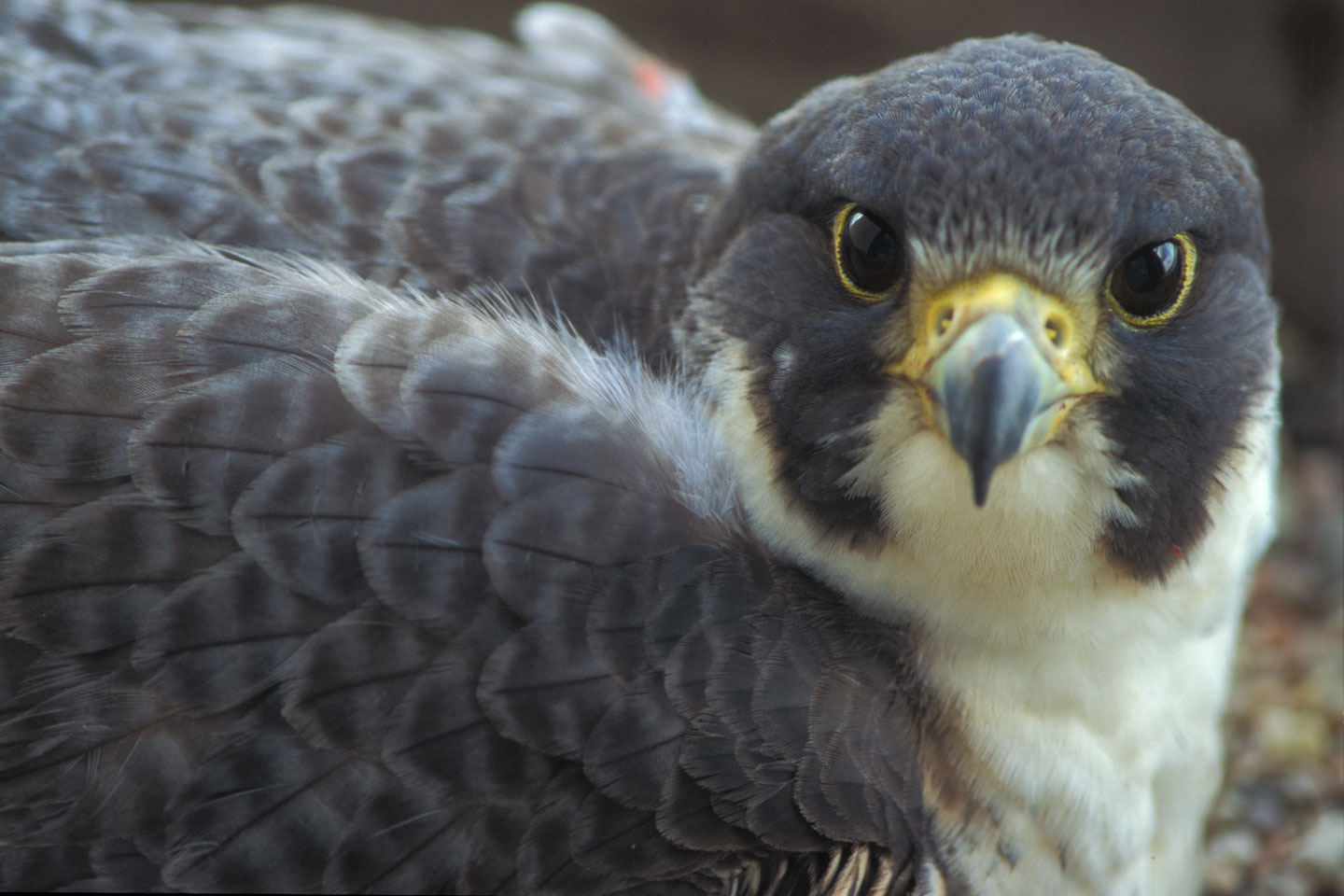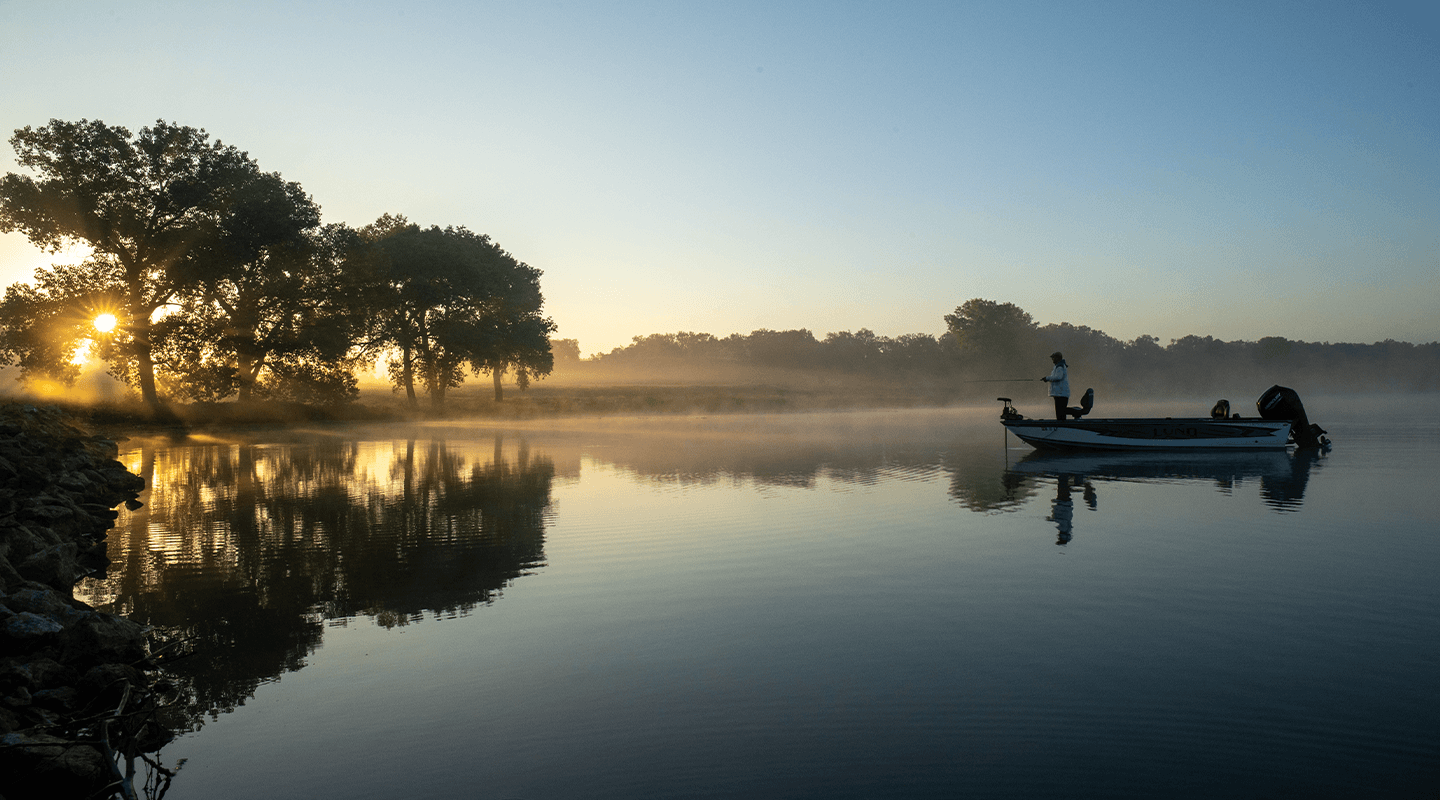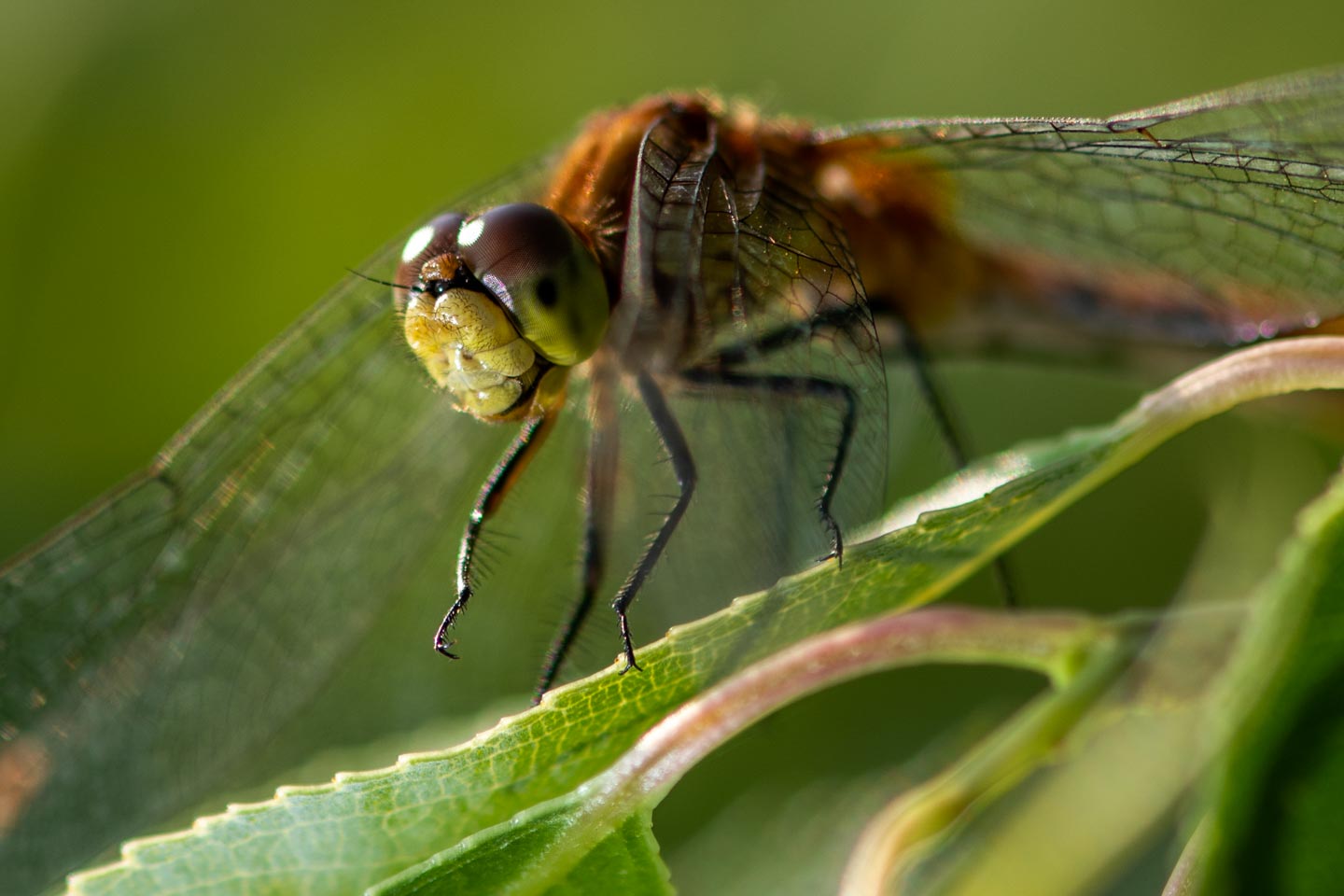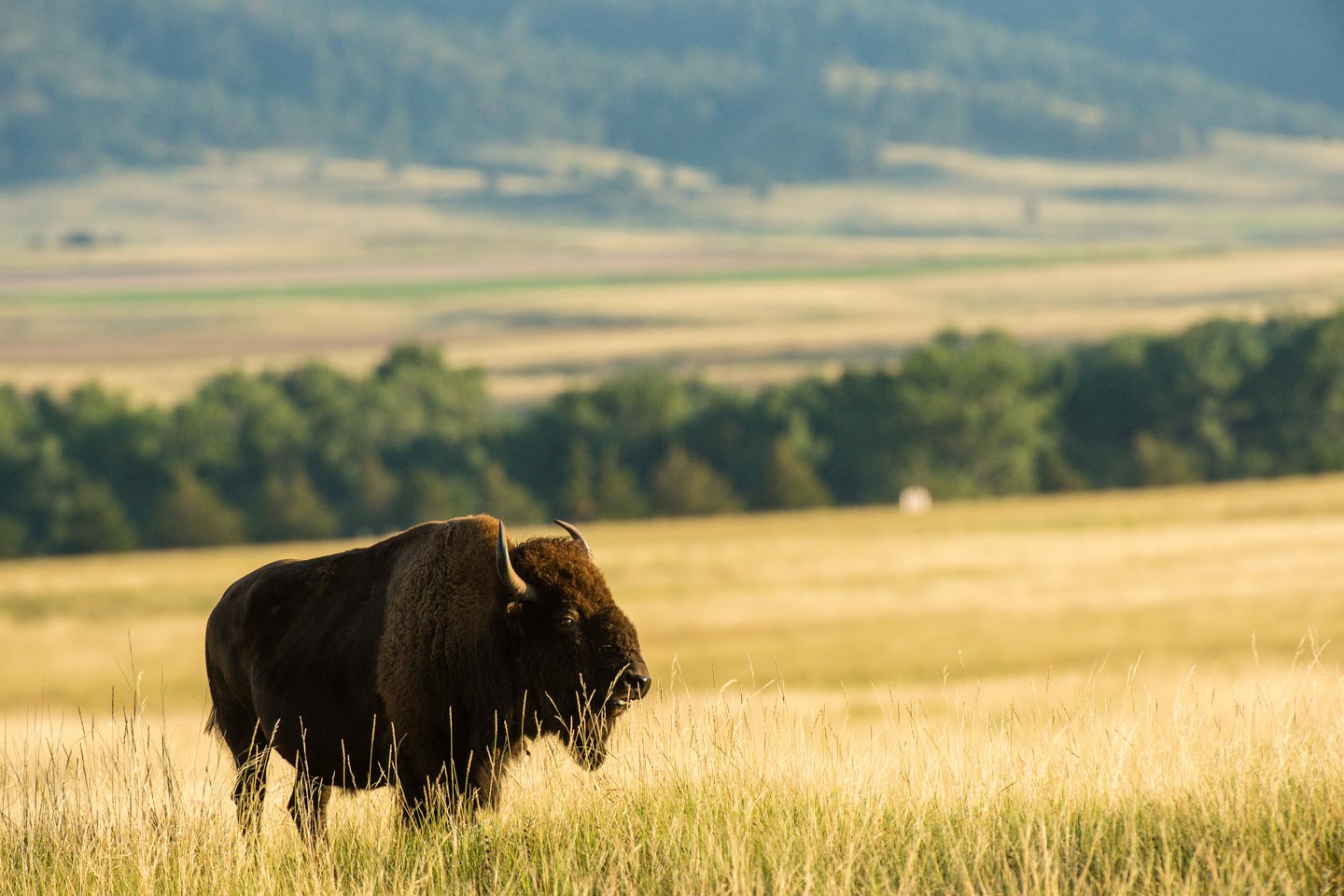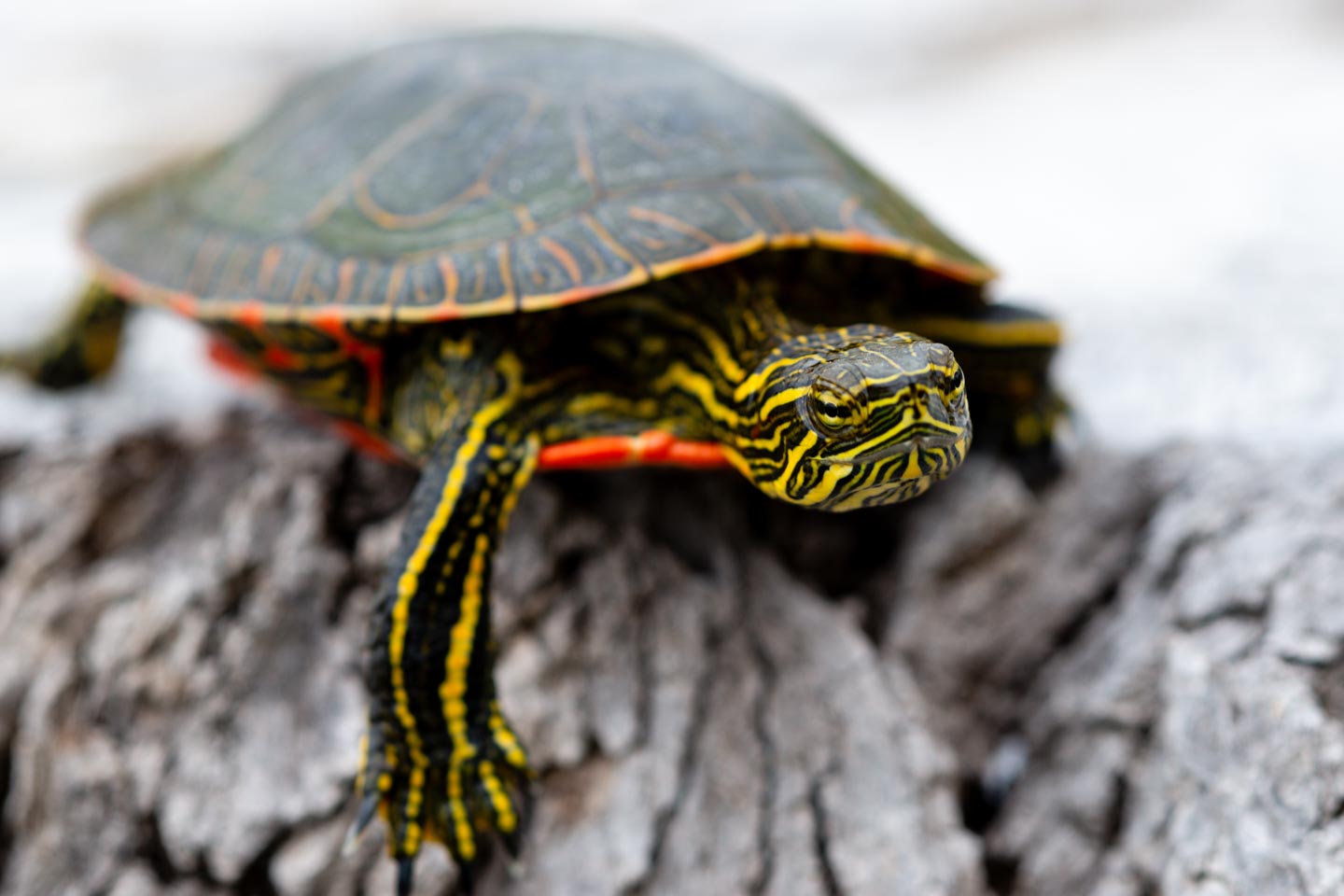Mollusks and crayfish
Mollusks
The mollusks of Nebraska include snails and freshwater mussels. The snails can be further split into terrestrial and freshwater species. Recent work has determined that 31 species of freshwater snails have been found in Nebraska. Additionally, there are 30 species of freshwater mussel that have been identified from shells collected in Nebraska. Of these, 12 species are extinct and eight are barely hanging on. Freshwater mussels reproduce by producing a larva that attaches itself to fishes. Here it develops into a juvenile and, via the fishes, travels and hopefully drops off into new habitats where it can grow and prosper. For more information on Nebraska’s freshwater mussels, download “A Guide to the Freshwater Mussels of Nebraska” by Steven C. Schainost.
Selected species of conservation interest
Two species, the scaleshell and Higgins eye, have been found here and are federally endangered but both are represented by single specimens. The yellow sandshell creeper can be found live but are rare. The fatmucket, pondmussel, threeridge and fawnsfoot are so rare that we don’t know if they are extinct or not.
The Plain pocketbook has a thick, smooth oval shell, usually a tan color, that can grow up to 4 ½ to 5 inches across. Judging by the number of shell found over the years, this species was once common in the eastern third of the state. It is now found in a portion of only one watershed. Game and Parks biologists have collected broodstock and are now attempting to propagate them in our Calamus Fish Hatchery. If successful, Commission staff will stock the juvenile mussels in other streams in the hope that they will survive to establish new populations.
Probably the single most common species in the state of Nebraska, the giant floater can do well in lakes and streams in almost any kind of substrate. Many types of fish can serve as hosts for this species, and it can survive in a variety of habitats. As a result, the giant floater can be found in much of the state. It is one of our largest species, and can reach 7-8 inches. They are also is variable in color and form. In the southwest reservoirs, they are a glossy tan with a moderately thick shell. In the Salt Valley Lakes, giant floaters are a glossy dark green or black with a thin shell. In the Big Blue River they are almost black with a thick rough shell.
This is another moderately common species in the eastern half of the state. It is mostly found in larger streams but often does well in reservoirs. Mapleleaf mussels have a heavy shell that is somewhat squareish in outline with a deep groove flanked by rows of pustules. This species is often dark tan with greenish highlights.
These are exotic snails that were imported into North America from Asia decades ago. There are two species, Chinese and Japanese. These species are virtually identical. They appeared in Nebraska in the 1960’s in Hedgefield Lake south of Lincoln and have since been found in a number of waterbodies. How they travel from one waterbody to another is the real mystery. The most notable feature of these snails is their huge size. An individual snail can grow to more than 2 inches in height and 1 ½ inches in diameter.
Major issues and threats
Numerous studies have found that freshwater mussels and snails need water to survive. The threats are those that Affect their habitat. These include groundwater pumping, sedimentation, chemicals and pesticides and degradation by livestock, drought and dewatering. Physical alterations of streams that impact them include channel alterations (straightening, dredging) which destroy their habitats. Because mussels need fishes to move upstream into new habitats, fragmentation of streams by dams and culverts stops the upstream movement and survival of fishes also affects freshwater mussel survival.
Crayfish
There are more than 400 species of crayfish in North America, five of which can be found in Nebraska. To read more about Nebraska’s crayfish, download “The Crayfish of Nebraska” by Steven C. Schainost.
Crayfish are an important component of the biological community of a body of water. They are omnivores, eating most anything from plants and detritus through insects and snails to fish and fish eggs. In turn, a wide variety of animals eat crayfish. These include birds such as herons, mammals such as raccoons and otters, fish, other crayfish and humans. Many crayfishes are burrowers, digging a burrow as refuge from predators, to escape a drying lake or stream or survive the winter.
Nebraska species
Our most common species, the northern crayfish is found statewide in streams as well as lakes and reservoirs. It tends to prefer faster flowing streams with abundant cover such as log jams or bed of vegetation. It is not much of a burrower but will dig a shallow burrow to survive the winter. In lakes, this species will dominate.
Almost as common as the Northern crayfish, the calico crayfish is found statewide but is more common in the east. This species is more typically found in slower, muddy streams or in sloughs and other quiet off-channel areas. It is also a burrower and can dig a deep burrow in stream banks or pond bottoms, especially late in the summer when water levels are low.
Ringed crayfish are common in the western half of the state and can be found in cooler clear streams with abundant vegetation, though they also use rock riffles. In contrast, they are also found in the Big Blue River and its tributaries which can be quite turbid and tend to lack aquatic vegetation. Here they will be found using rocky areas such as riffles if other cover is absent. They are never found in lakes. The ringed crayfish is a virtually non-burrowing species and, in drying streams or late fall, sort of wiggle their way under rocks or logs where, if it stays damp, they can wait for the water to come back.
The devil crayfish is an uncommon species that has been found in the eastern and northern parts of the state. This species is a primary burrower that digs deeps and extensive burrow systems where individuals spend most of their lives. The burrows may be in a stream bank or can be upwards of a mile from open water, so long as the soil is moist. Devil crayfish will come out of the burrow on humid or rainy evenings to feed and mate. In the spring, the females will come out of the burrow to release her young into a stream, pond or temporary pool. The young will live and grow here until late summer when they dig their own burrows.
The prairie crayfish is the least common species in Nebraska, as well as the most difficult to collect. It is a burrowing species that prefers to dig its burrows in undisturbed grasslands. These can be quite a mile or more from any open waters. They do seem to prefer moist soil. A praire crayfish will spend 90-95 percent of its life in its burrow, only leaving to feed or mate. Even then, it only comes out on rainy or humid evenings. Like the devil crayfish, the females will come out of the burrow in the spring to release their young into a stream, pond or temporary pool. The young will live and grow here until late summer when they dig their own burrows.
Major issues and threats
The major threats facing crayfish include dredging and straightening of streams, groundwater pumping, dewatering, sedimentation, pesticides and chemicals.

